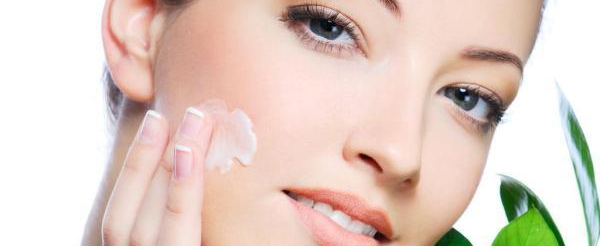Cosmetic grade oligomeric small molecule sodium hyaluronate Hyaluronic acid (Hyaluronic acid) is a polymer mucopolysaccharide with D-N-acetylglucosamine and D-glucuronic acid as structural units, referred to as HA. After HA is dissolved in water, hydrogen bonds will be formed between adjacent carboxyl groups and N-acetyl groups, and its molecules will have a rigid structure in space.

 【Product Features】
【Product Features】
Hyaluronic acid has good compatibility and can be added to almost any beauty cosmetics. It is widely used in creams, lotions, lotions, essences, facial cleansers, body washes, shampoo and conditioners, mousses, lipsticks and other cosmetics. , the aqueous solution of hyaluronic acid has a high viscosity, which can thicken the water phase; the paste after emulsification with the oil phase is uniform and delicate, and has a stable emulsification effect.
The product has the following features:
1. Ultra-low molecular weight oligomeric hyaluronic acid with a molecular weight of several thousand.
2. Permeability: The product has strong permeability and can penetrate into the stratum corneum of the skin and directly produce nutritional repair effects on the stratum corneum of the skin.
3. The product is second only to ceramide and is 6-7 times more moisturizing than ordinary molecule HA. 4. Ordinary molecule HA forms a film on the skin surface, but it is easy to wash off. The advantage is that it feels good on the skin! Ultra-low molecular HA can combine with skin cells on the skin surface and is not easy to wash off, forming a strong support and protection for the skin!
Macromolecule hyaluronic acid
It can form a breathable hydrolipid film on the skin surface to make the skin smooth and moist, and can block the invasion of foreign bacteria, dust and ultraviolet rays, and protect the skin from damage.
Small molecule hyaluronic acid
It can penetrate into the dermis through the normal skin barrier to hydrate and moisturize, regulate collagen synthesis, promote wound healing, reduce scar formation, enhance skin tolerance, and improve skin immunity.
Can be used in all cosmetics: facial masks, creams, lotions, essences, facial cleansers, hair conditioners, etc.; Recommended addition amount: 0.05-1%; added in the later stage of emulsification, and the addition temperature is lower than 60°C;























 【Product Features】
【Product Features】


















